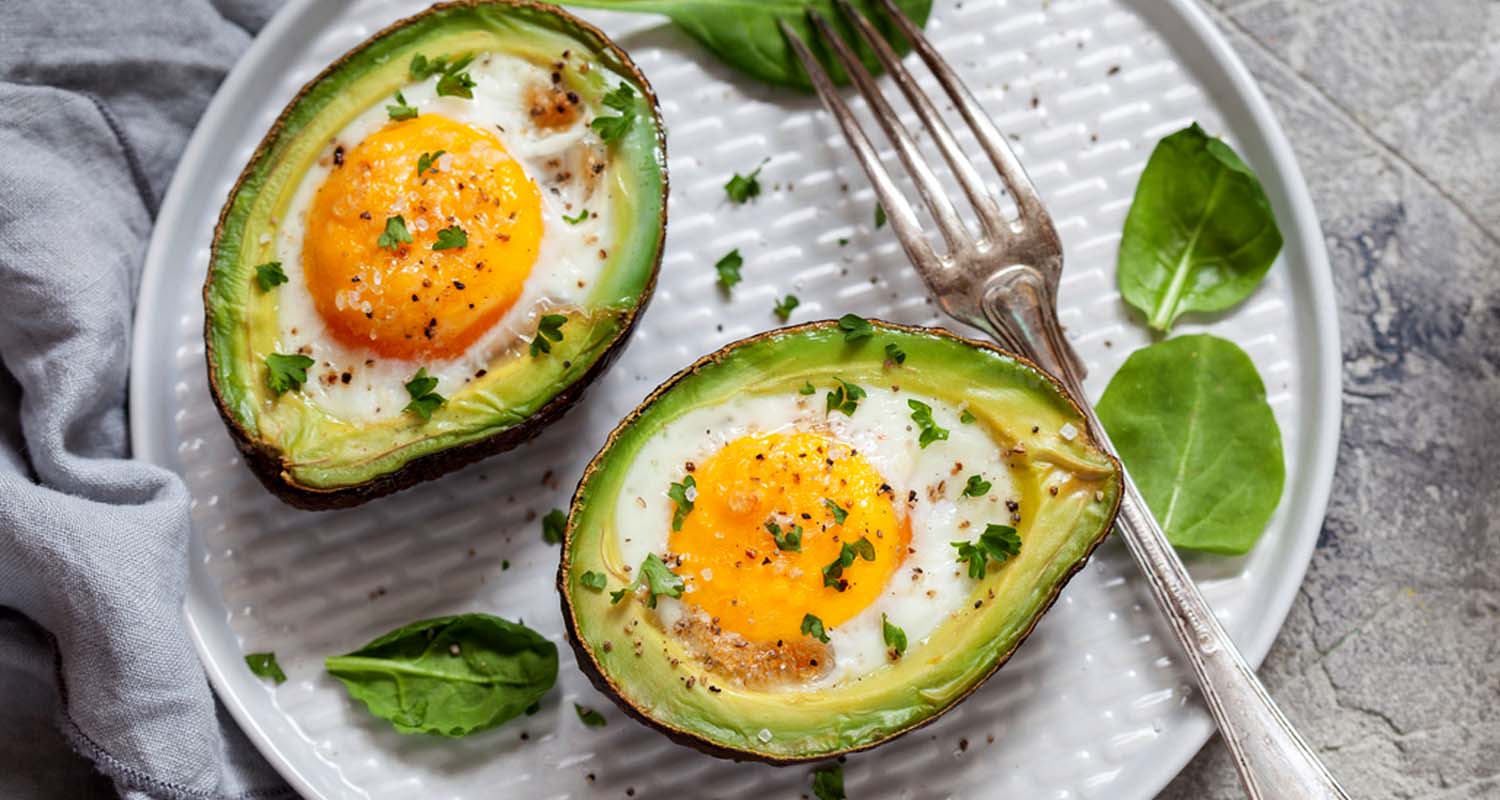
- Intermittent fasting is the best insulin resistance diet to help your cells respond to insulin.
- When your body gets the signal that you’ve eaten, beta cells in your pancreas produce insulin, a hormone that tells your cells to absorb glucose to use as fuel.
- Your cells respond by receiving the glucose from your bloodstream. This gives you the energy you need, and you don’t pack on body fat. But sometimes, this communication gets thrown off.
- Insulin resistance is when insulin tells your cells that fuel is coming, but they don’t open up to receive glucose. So, sugar stays in the bloodstream, and after a while your body stores it as fat.
- Read on to find out how intermittent fasting can fix insulin resistance.
Here’s a scenario. You’re hungry. Because you’re hungry, you’re annoyed with everything. You might even recognize that your blood sugar just dropped and you need to eat something.
There are a couple things behind this: your blood sugar, your insulin, and how well your cells follow directions.
What is insulin?
When you eat and your body breaks down your food, the glucose (sugar) from your food goes into your bloodstream for transport to your cells. Glucose gives your cells the fuel they need to do their jobs.
Insulin is a hormone that tells your cells to accept their delivery of glucose fuel. When your body gets the signal that you’ve eaten, beta cells in your pancreas produce insulin, which is what tells your cells absorb glucose.
When you don’t have insulin, such as when you have diabetes (more on this later), your cells do not allow glucose in and the glucose stays in your bloodstream. Once your body senses that glucose has been hanging around in your bloodstream for a while, it stores it as fat for later, because it thinks your cells don’t need it now.
Insulin resistance
 When insulin signals to your cells that fuel is coming and your cells respond by receiving the glucose from your bloodstream, you get the energy you need and you don’t pack on body fat.
When insulin signals to your cells that fuel is coming and your cells respond by receiving the glucose from your bloodstream, you get the energy you need and you don’t pack on body fat.
Sometimes, communication gets thrown off.
Insulin resistance is what you get when the delivery guy knocks and nobody answers the door. Insulin signals that fuel is coming, but your cells do not open up to receive glucose. So, sugar stays in the bloodstream, and after a while your body stores it as fat.
If nobody answers the door, your body sends more delivery guys knocking. Your pancreas produces more insulin to turn up the volume on the signal that your cells should absorb glucose. Sometimes a little more insulin is what your cells need to respond. Insulin resistance is when your cells are stubborn and don’t respond well to insulin’s signal, for various reasons.
Your pancreas can only keep up with so much insulin production. When your pancreas gets fatigued, you can end up with insulin deficiency, pre-diabetes, or diabetes, which all cause various levels of wonky blood sugar and fat storage.
Insulin resistance symptoms
A lot of people who are insulin resistant have no idea, and could go years or a lifetime without having the energy they could. Most of the time, insulin resistance doesn’t trigger any symptoms at all, and the symptoms that do show up could be anything. Some things that you might attribute to insulin resistance include:
- Fatigue
- Extra weight in the middle
- Patches of dark skin (acanthosis nigricans)
- Elevated fasting blood sugar
- Acne
- Polycystic ovarian syndrome (PCOS)
- Fatty liver disease
- Sugar and carb cravings
- Feeling hangry
- Scalp hair loss in women
- Skin tags
- High blood pressure
- Fluid retention, swelling in ankles
- High blood pressure
- Trouble concentrating
Are you going to head to the doctor for blood tests because you have a fat belly or because you’re grumpy when you’re hungry? Probably not. This is one of those things that is easy to miss.
Insulin resistance tests: ideal ranges

Conventional doctors and functional medicine or naturopathic doctors treat numbers differently.
Typically, conventional doctors will consider broader ranges as “normal,” even when you have symptoms. Only when you’re out of range will they treat, and treatment is most often centered around a prescription with less attention to diet and lifestyle.
Functional medicine works differently. First off, conventional laboratories consider the a middle percentage of the people who have been tested as “normal.” That means the numbers change periodically based on who has been tested. Do you want someone to decide your numbers are okay compared to a perfect human, or compared to a group of people in one of the sickest developed nations in the world? Healthy ranges are much more targeted in functional medicine.
Second, functional medicine doctors treat your symptoms and bloodwork as puzzle pieces to arrive at a diagnosis. Lab tests aren’t the sole determinant.
Third, treatment involves diet and lifestyle changes, and prescriptions only when absolutely critical.
Here are the blood tests you’ll typically get to determine your insulin sensitivity, and what ranges conventional medicine doctors use as compared to functional medicine doctors.
Hemoglobin A1c
Conventional medicine range <7%
Functional medicine range 4.1-5.7%
Random blood glucose
Conventional medicine range 65-115mg/dL
Functional medicine range 80-100mg/dL
Fasting blood glucose
Conventional medicine range 65-115mg/dL
Functional medicine range 80-100mg/dL
If you’re a little outside of these ranges or if you’re within range but still feeling like your blood sugar does strange things when you eat, you can fix it.
Intermittent fasting: the best insulin resistance diet

The best way to increase your insulin sensitivity is through fasting. In an episode of the Bulletproof Radio podcast (iTunes). Dr. Jason Fung explains how intermittent fasting drops your insulin levels, which alters your body’s demand for insulin in a good way.
“If you become very insulin resistant, then your insulin levels are up all the time, your body is always trying to shove the energy into the fat cells, and then you feel cold and tired and lousy. That’s the real problem. Resistance really depends on two things. It’s not simply the high levels, but it’s the persistence of those levels. What people have realized is that the insulin resistance, because it depends on those two things, a period of time where you can get your insulin levels very low is going to break that resistance because it breaks that persistence. Not simply the levels, but the persistence of those levels.”
RELATED: Set yourself up for intermittent fasting success — instantly download the Ultimate Intermittent Fasting Guide to get your quick-start guide, sample 3-day meal plan, and printable intermittent fasting journal
Intermittent fasting is the easiest, smartest, most consistent way to fast. In short, intermittent fasting means you eat all of the food you’ll eat in a day in a short window of time. People will fast anywhere from 12-20 hours per day, depending on goals. More on how to do it here.
- Intermittent fasting has tons of benefits, like:
Promotes longevity in animals and humans[ref url=”http://www.sciencedirect.com/science/article/pii/S0092867415001865″] - Improves cardiovascular disease markers[ref url=”https://www.ncbi.nlm.nih.gov/pubmed/22889512″]
- Gently stresses your cells and neurons, making them more resilient[ref url=”https://www.ncbi.nlm.nih.gov/pmc/articles/PMC156352/”]
- Promotes autophagy — that’s when cells get rid of damaged cells, toxins, and waste[ref url=”https://www.ncbi.nlm.nih.gov/pubmed/20534972″]
Intermittent fasting is also one of the quickest ways to reset your insulin sensitivity.[ref url=”https://www.sciencedirect.com/science/article/pii/S095528630400261X”] Researchers measured significant results in as little as two weeks,[ref url=”https://www.physiology.org/doi/abs/10.1152/japplphysiol.00683.2005″] and in one study, it worked better than continuous energy restriction (i.e. cutting calories).[ref url=”https://www.nature.com/articles/ijo2010171″]
You may think it’s hard to skip breakfast or even skip both breakfast and lunch, but there are things you can do to make it easier on yourself. Having a pure fat breakfast, without protein or carbs, sends the signal to your body that you’re not starving, without screwing up your intermittent fast.
Here’s how it works. Once you burn through your available glucose, you move onto glycogen, which is stored glucose. After you expend those stores, your body shifts to ketosis, a state where you make ketones for energy. Bulletproof Coffee, also known as butter coffee, lets you fill up without breaking your fast, and the specific fat profile helps you make ketones faster so you keep your energy up and you don’t feel hungry. Details on that here.
You might have heard that intermittent fasting is hard on women and will make you lose your hair or screw up your endocrine system. If you’re a woman, you can get the benefits of intermittent fasting without the negative effects. Here’s some information on how to make it work for you.
If you can swing it, get yourself a glucose meter and test yourself regularly. If you’re going to give intermittent fasting a spin, you might want to get a combo glucose and ketosis meter so you can monitor both. Track your weight, the way your clothes fit, your numbers, and most importantly, keep a detailed journal of how you feel. That’s how you know what’s working and how to be the best version of yourself, all day every day.










